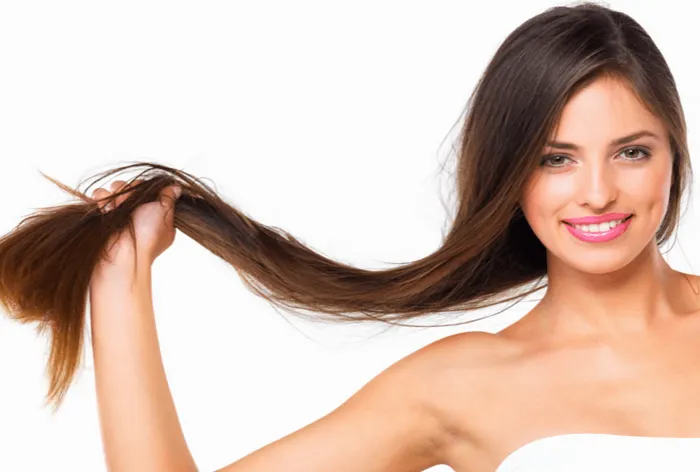A nice hairline is often associated with youth, health, and attractiveness. It frames the face and plays a significant role in your overall appearance. However, not everyone is born with a perfect hairline, and factors like genetics, aging, and lifestyle can affect its appearance. The good news is that there are steps you can take to achieve and maintain a nice hairline.
In this article, we’ll explore what makes a hairline attractive, how to care for your hairline, and the treatments available to improve its appearance. We’ll use simple sentences and logical explanations to make this topic easy to understand.
What Makes a Nice Hairline?
A nice hairline is one that is even, well-defined, and complements your facial features. Here are some characteristics of an attractive hairline:
- Symmetry: A symmetrical hairline is balanced and even on both sides.
- Density: A thick and full hairline looks healthy and youthful.
- Shape: The shape of the hairline should suit your face shape. Common shapes include straight, rounded, and widow’s peak.
- Position: A hairline that is neither too high nor too low is generally considered attractive.
Common Hairline Issues
Many people struggle with hairline issues that can detract from its appearance. Here are some common problems:
- Receding Hairline: A hairline that moves backward, often due to genetics or aging.
- Uneven Hairline: A hairline that is irregular or asymmetrical.
- Thinning Hairline: A hairline that lacks density and appears sparse.
- High Hairline: A hairline that is naturally positioned higher on the forehead.
How to Have a Nice Hairline
Achieving a nice hairline involves a combination of proper care, lifestyle changes, and, in some cases, professional treatments. Here’s how you can improve and maintain your hairline:
Proper Hair Care
Taking care of your hair and scalp is essential for maintaining a healthy hairline.
Gentle Washing: Use a mild shampoo and conditioner to keep your scalp clean and hydrated. Avoid harsh chemicals that can damage your hair.
Avoid Tight Hairstyles: Tight ponytails, braids, or extensions can pull on your hairline and cause damage over time. Opt for looser styles that reduce tension.
Limit Heat Styling: Excessive use of heat styling tools like flat irons and curling wands can weaken your hair. Use heat protectants and limit styling to special occasions.
Regular Trims: Regular trims can help maintain the shape and health of your hairline.
Healthy Diet
A balanced diet rich in vitamins and minerals supports hair health and growth.
Protein: Hair is made of protein, so include sources like eggs, fish, and lean meats in your diet.
Vitamins and Minerals: Vitamins like biotin, vitamin D, and minerals like iron and zinc are essential for hair health. Consider taking supplements if your diet lacks these nutrients.
Hydration: Drink plenty of water to keep your scalp and hair hydrated.
Stress Management
Stress can contribute to hair loss and a receding hairline. Managing stress is crucial for maintaining a healthy hairline.
- Exercise: Regular physical activity can reduce stress and improve overall health.
- Relaxation Techniques: Practices like yoga, meditation, and deep breathing can help manage stress.
- Adequate Sleep: Ensure you get enough sleep to allow your body to repair and regenerate.
Avoid Harmful Habits
Certain habits can negatively impact your hairline.
- Smoking: Smoking reduces blood flow to the scalp, which can affect hair growth.
- Excessive Alcohol: Excessive alcohol consumption can dehydrate your body and affect hair health.
- Poor Hair Care Practices: Avoid brushing wet hair aggressively, using harsh chemicals, or wearing tight hats for long periods.
Topical Treatments
Topical treatments can help stimulate hair growth and improve the appearance of your hairline.
Minoxidil (Rogaine): Minoxidil is an FDA-approved topical treatment that increases blood flow to the scalp and stimulates hair follicles. It is available over the counter and can be used by both men and women.
Prescription Topicals: Some people may benefit from prescription-strength topical treatments that contain ingredients like corticosteroids or anti-androgens.
Oral Medications
Oral medications can address underlying causes of hair loss and support hair growth.
Finasteride (Propecia): Finasteride is an oral medication that blocks the hormone DHT, which contributes to hair loss. It is primarily used by men but may be prescribed off-label for women.
Spironolactone: This medication is often prescribed for women with hormonal hair loss, such as those with PCOS. It helps reduce androgen levels, which can contribute to hair thinning.
Nutritional Supplements: Supplements containing biotin, iron, zinc, and vitamin D can support hair health and growth.
Conclusion
A nice hairline is achievable with the right care and treatments. Whether you’re dealing with a receding, uneven, or thinning hairline, there are solutions to help you achieve the look you desire. By understanding the causes of hairline issues and exploring the available treatments, you can take the first step toward improving your hairline and boosting your confidence. If you’re unsure where to start, consult a hair restoration specialist for personalized advice and guidance. Remember, a healthy and attractive hairline is within reach!
Related topics:
- How to Restore Your Hairline: A Comprehensive Guide
- How Can I Regrow My Frontal Hairline?
- Can Bleaching Hair Cause a Receding Hairline?


